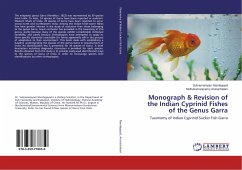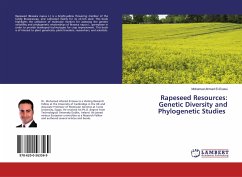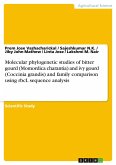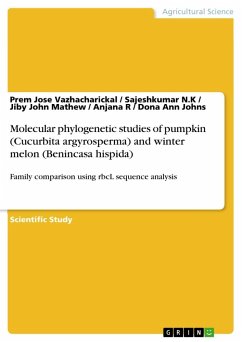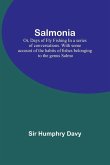The big sized barbs of the endemic genus Hypselobarbus (Cypriniformes: Cyprinidae) taxonomic ambiguity's was resolved by in terms of morphological characters, meristic characters, gill rackers morphology, osteological variation such as vertebral column, weberian apparatus and caudal skeleton. The patterns of genetic variation within and between species of Hypselobarbus and reconstruction of the phylogenetic relationship of various species of the endemic genus Hypselobarbus based on DNA sequences (6,836bp) of mitochondrial 11genes such as complete contiguous NADH dehydrogenase subunits 4 and 5 genes (with intervening tRNA-His, tRNA-Ser, and tRNA-Leu), 12S ribosomal RNA, 16S ribosomal RNA Cytochrome oxidase subunit I, Cytochrome b, NADH dehydrogenase subunits 4L and subunit 6.
Bitte wählen Sie Ihr Anliegen aus.
Rechnungen
Retourenschein anfordern
Bestellstatus
Storno


